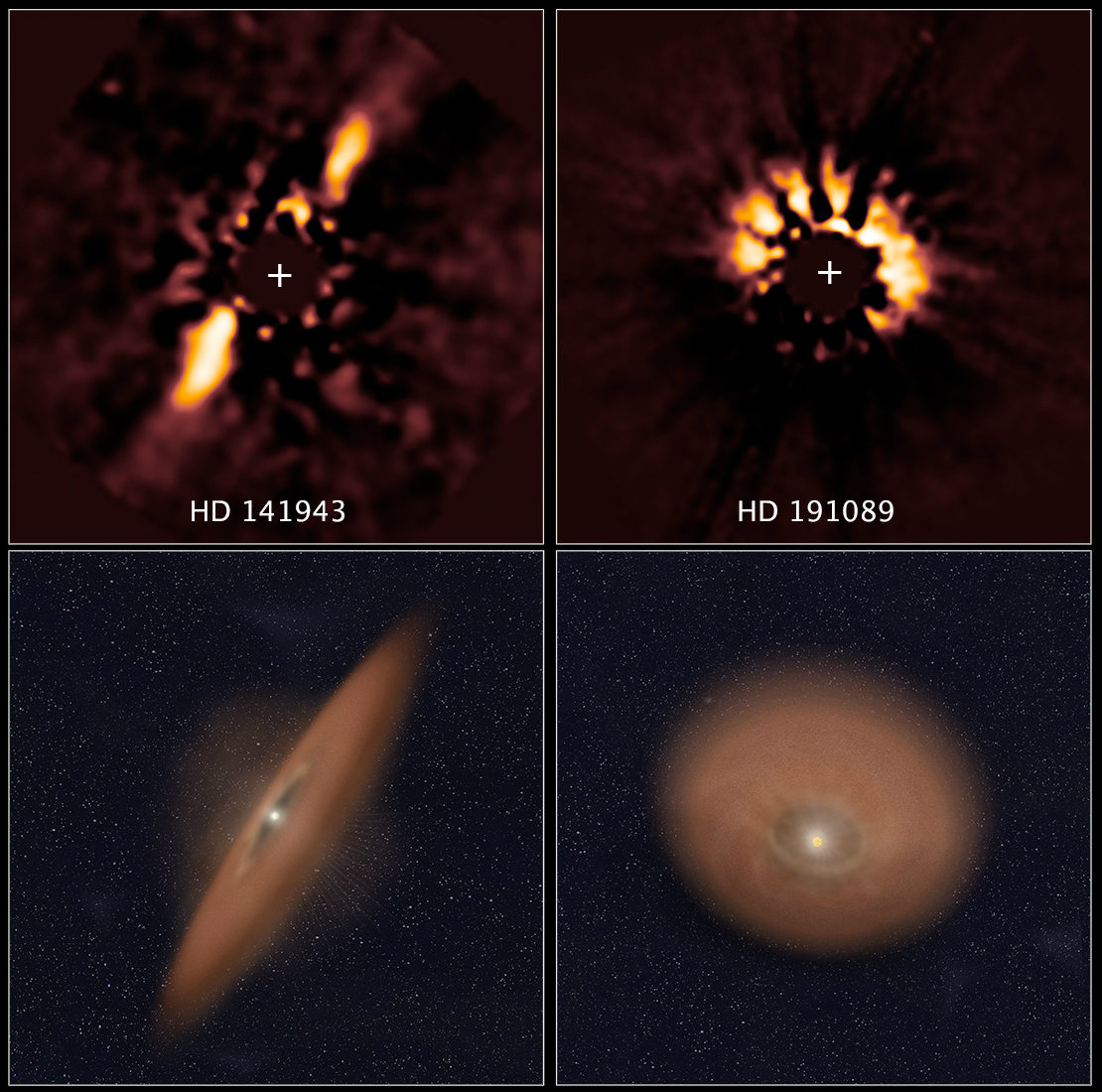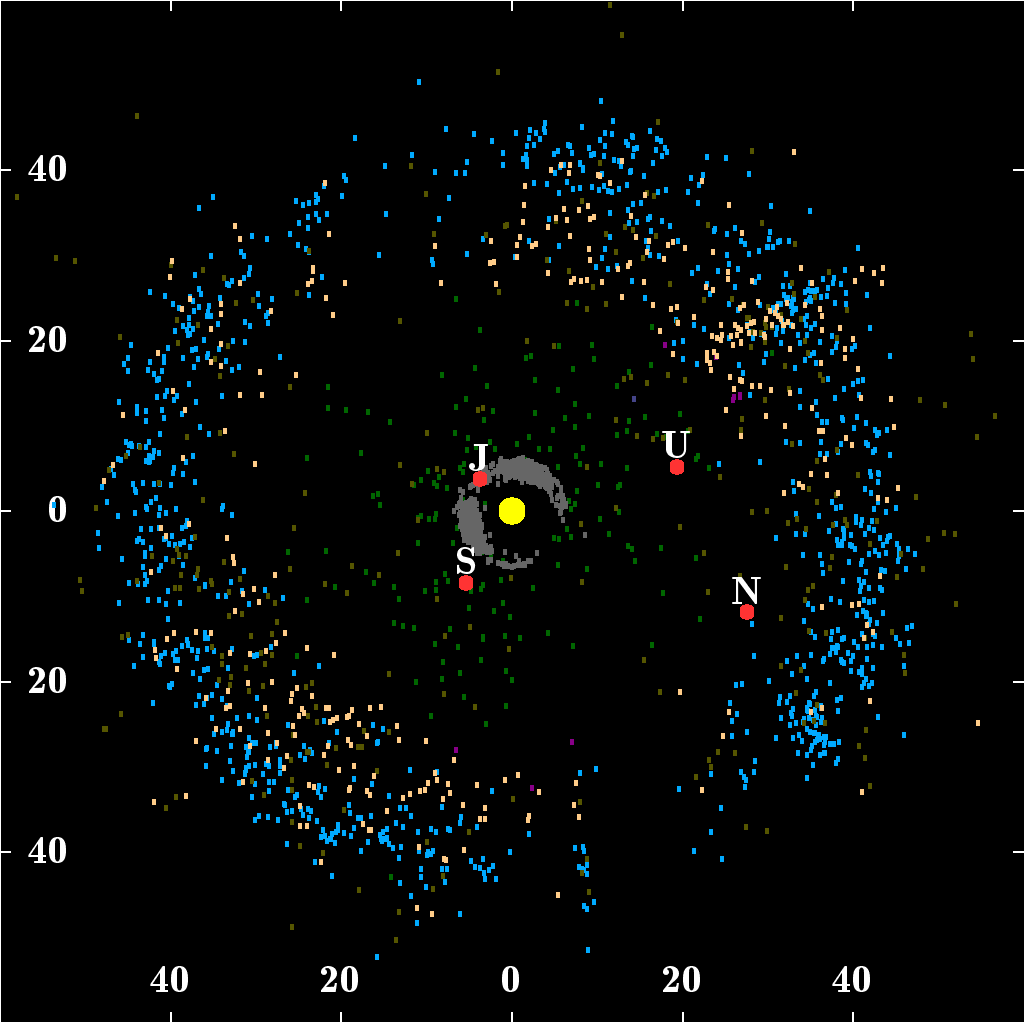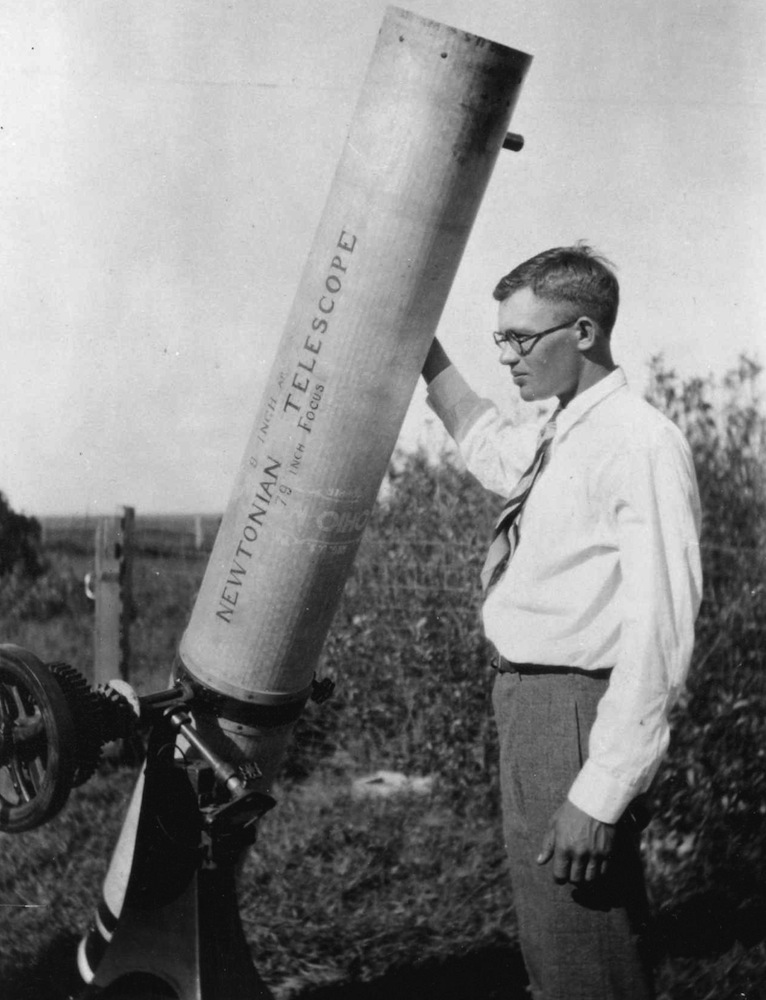|
Mesoplanet
Mesoplanets are planetary-mass objects with sizes smaller than Mercury but larger than Ceres. The term was coined by Isaac Asimov. Assuming size is defined in relation to equatorial radius, mesoplanets should be approximately 500 km to 2,500 km in radius. History The term was coined in Asimov's essay " What's in a Name?", which first appeared in the ''Los Angeles Times'' in the late 1980s and was reprinted in his 1990 book '' Frontiers''; the term was later revisited in his essay, "The Incredible Shrinking Planet" which appeared first in '' The Magazine of Fantasy and Science Fiction'' and then in the anthology ''The Relativity of Wrong'' (1988). Asimov noted that the Solar System has many planetary bodies (as opposed to the Sun and natural satellites) and stated that lines dividing "major planets" from minor planets were necessarily arbitrary. Asimov then pointed out that there was a large gap in size between Mercury, the smallest planetary body that was considered to be und ... [...More Info...] [...Related Items...] OR: [Wikipedia] [Google] [Baidu] |
Dwarf Planets
A dwarf planet is a small planetary-mass object that is in direct orbit around the Sun, massive enough to be hydrostatic equilibrium, gravitationally rounded, but insufficient to achieve clearing the neighbourhood, orbital dominance like the eight classical planets of the Solar System. The prototypical dwarf planet is Pluto, which for decades was regarded as a planet before the "dwarf" concept was adopted in 2006. Dwarf planets are capable of being geologically active, an expectation that was borne out in 2015 by the ''Dawn (spacecraft), Dawn'' mission to and the ''New Horizons'' mission to Pluto. planetary geology, Planetary geologists are therefore particularly interested in them. Astronomers are in general agreement that at least the List of possible dwarf planets#Likeliest dwarf planets, nine largest candidates are dwarf planets – in rough order of diameter, , , , , , , , , and . A considerable uncertainty remains over the tenth largest candidate , which may thus be co ... [...More Info...] [...Related Items...] OR: [Wikipedia] [Google] [Baidu] |
Planetesimal
Planetesimals () are solid objects thought to exist in protoplanetary disks and debris disks. Believed to have formed in the Solar System about 4.6 billion years ago, they aid study of its formation. Formation A widely accepted theory of planet formation, the planetesimal hypothesis of Viktor Safronov, states that planets form from cosmic dust grains that collide and stick to form ever-larger bodies. Once a body reaches around a kilometer in size, its constituent grains can attract each other directly through mutual gravity, enormously aiding further growth into moon-sized protoplanets. Smaller bodies must instead rely on Brownian motion or turbulence to cause the collisions leading to sticking. The mechanics of collisions and mechanisms of sticking are intricate. Alternatively, planetesimals may form in a very dense layer of dust grains that undergoes a collective gravitational instability in the mid-plane of a protoplanetary disk—or via the concentration and gravitatio ... [...More Info...] [...Related Items...] OR: [Wikipedia] [Google] [Baidu] |
Protoplanet
A protoplanet is a large planetary embryo that originated within a protoplanetary disk and has undergone internal melting to produce a differentiated interior. Protoplanets are thought to form out of kilometer-sized planetesimals that gravitationally perturb each other's orbits and collide, gradually coalescing into the dominant planets. The planetesimal hypothesis A planetesimal is an object formed from dust, rock, and other materials, measuring from meters to hundreds of kilometers in size. According to the Chamberlin–Moulton planetesimal hypothesis and the theories of Viktor Safronov, a protoplanetary disk of materials such as gas and dust would orbit a star early in the formation of a planetary system. The action of gravity on such materials form larger and larger chunks until some reach the size of planetesimals. It is thought that the collisions of planetesimals created a few hundred larger planetary embryos. Over the course of hundreds of millions of years, they ... [...More Info...] [...Related Items...] OR: [Wikipedia] [Google] [Baidu] |
Fusor (astronomy)
''Fusor'' is a proposed term for an astronomical object which is capable of core fusion. The term is more inclusive than ''star''. Motivation To help clarify the nomenclature of celestial bodies, Gibor Basri proposed to the IAU that any "object that achieves core fusion during its lifetime" be called a fusor. This definition includes any form of nuclear fusion, so the lowest possible mass of a fusor was set at roughly ( Jupiter masses) at which point deuterium fusion becomes possible. This is significantly lower than the point at which sustained fusion of protium (, "regular" hydrogen) becomes possible, around . Objects are considered "stellar" when they are about , when their gravitational contraction is halted by the heat generated by core fusion, establishing hydrostatic equilibrium, and they become main sequence stars. Fusors would include active stars and many brown dwarfs. The introduction of the term "fusor" would allow for a simple definition: * Fusor – An object c ... [...More Info...] [...Related Items...] OR: [Wikipedia] [Google] [Baidu] |
Dwarf Planet
A dwarf planet is a small planetary-mass object that is in direct orbit around the Sun, massive enough to be hydrostatic equilibrium, gravitationally rounded, but insufficient to achieve clearing the neighbourhood, orbital dominance like the eight classical planets of the Solar System. The prototypical dwarf planet is Pluto, which for decades was regarded as a planet before the "dwarf" concept was adopted in 2006. Dwarf planets are capable of being geologically active, an expectation that was borne out in 2015 by the ''Dawn (spacecraft), Dawn'' mission to and the ''New Horizons'' mission to Pluto. planetary geology, Planetary geologists are therefore particularly interested in them. Astronomers are in general agreement that at least the List of possible dwarf planets#Likeliest dwarf planets, nine largest candidates are dwarf planets – in rough order of diameter, , , , , , , , , and . A considerable uncertainty remains over the tenth largest candidate , which may thus be co ... [...More Info...] [...Related Items...] OR: [Wikipedia] [Google] [Baidu] |
Minor Planet
According to the International Astronomical Union (IAU), a minor planet is an astronomical object in direct orbit around the Sun that is exclusively classified as neither a planet nor a comet. Before 2006, the IAU officially used the term ''minor planet'', but that year's meeting IAU definition of planet, reclassified minor planets and comets into dwarf planets and Small Solar System body, small Solar System bodies (SSSBs).Press release, IAU 2006 General Assembly: Result of the IAU Resolution votes International Astronomical Union, August 24, 2006. Accessed May 5, 2008. In contrast to the eight official planets of the Solar System, all minor planets fail to clearing the neighborhood, clear their orbital neighborhood. Minor planets include asteroids (near- ... [...More Info...] [...Related Items...] OR: [Wikipedia] [Google] [Baidu] |
Types Of Planet
Type may refer to: Science and technology Computing * Typing, producing text via a keyboard, typewriter, etc. * Data type, collection of values used for computations. * File type * TYPE (DOS command), a command to display contents of a file. * Type (Unix), a command in POSIX shells that gives information about commands. * Type safety, the extent to which a programming language discourages or prevents type errors. * Type system, defines a programming language's response to data types. Mathematics * Type (model theory) * Type theory, basis for the study of type systems * Arity or type, the number of operands a function takes * Type, any proposition or set in the intuitionistic type theory * Type, of an entire function#Order and type, entire function ** Exponential type Biology * Type (biology), which fixes a scientific name to a taxon * Dog type, categorization by use or function of domestic dogs Lettering * Type is a design concept for lettering used in typography which helped b ... [...More Info...] [...Related Items...] OR: [Wikipedia] [Google] [Baidu] |
Brown Dwarf
Brown dwarfs are substellar objects that have more mass than the biggest gas giant planets, but less than the least massive main sequence, main-sequence stars. Their mass is approximately 13 to 80 Jupiter mass, times that of Jupiter ()not big enough to sustain nuclear fusion of hydrogen into helium in their cores, but massive enough to emit some light and heat from the deuterium fusion, fusion of deuterium (deuterium, 2H). The most massive ones (> ) can lithium burning, fuse lithium (lithium-7, 7Li). Astronomers classify self-luminous objects by Stellar classification#Spectral types, spectral type, a distinction intimately tied to the surface temperature, and brown dwarfs occupy types M (2100–3500 Kelvin, K), L (1300–2100 Kelvin, K), T (600–1300 Kelvin, K), and Y ( 80 ''M''J), which have spectral classes L2 to L6. Spectral class T As GD 165B is the prototype of the L dwarfs, Gliese 229B is the prototype of a second ne ... [...More Info...] [...Related Items...] OR: [Wikipedia] [Google] [Baidu] |
Centaur (minor Planet)
In planetary astronomy, a centaur is a small Solar System body that orbits the Sun between Jupiter and Neptune and crosses the orbits of one or more of the giant planets. Centaurs generally have unstable orbits because of this; almost all their orbits have dynamic lifetimes of only a few million years, but there is one known centaur, 514107 Kaʻepaokaʻawela, which may be in a stable (though retrograde) orbit. Centaurs typically exhibit the characteristics of both asteroids and comets. They are named after the mythological centaurs that were a mixture of horse and human. Observational bias toward large objects makes determination of the total centaur population difficult. Estimates for the number of centaurs in the Solar System more than 1 km in diameter range from as low as 44,000 to more than 10,000,000. The first centaur to be discovered, under the definition of the Jet Propulsion Laboratory and the one used here, was 944 Hidalgo in 1920. However, they were not ... [...More Info...] [...Related Items...] OR: [Wikipedia] [Google] [Baidu] |
Asteroid
An asteroid is a minor planet—an object larger than a meteoroid that is neither a planet nor an identified comet—that orbits within the Solar System#Inner Solar System, inner Solar System or is co-orbital with Jupiter (Trojan asteroids). Asteroids are rocky, metallic, or icy bodies with no atmosphere, and are broadly classified into C-type asteroid, C-type (carbonaceous), M-type asteroid, M-type (metallic), or S-type asteroid, S-type (silicaceous). The size and shape of asteroids vary significantly, ranging from small rubble piles under a kilometer across to Ceres (dwarf planet), Ceres, a dwarf planet almost 1000 km in diameter. A body is classified as a comet, not an asteroid, if it shows a coma (tail) when warmed by solar radiation, although recent observations suggest a continuum between these types of bodies. Of the roughly one million known asteroids, the greatest number are located between the orbits of Mars and Jupiter, approximately 2 to 4 astronomical unit, AU ... [...More Info...] [...Related Items...] OR: [Wikipedia] [Google] [Baidu] |
Greek Language
Greek (, ; , ) is an Indo-European languages, Indo-European language, constituting an independent Hellenic languages, Hellenic branch within the Indo-European language family. It is native to Greece, Cyprus, Italy (in Calabria and Salento), southern Albania, and other regions of the Balkans, Caucasus, the Black Sea coast, Asia Minor, and the Eastern Mediterranean. It has the list of languages by first written accounts, longest documented history of any Indo-European language, spanning at least 3,400 years of written records. Its writing system is the Greek alphabet, which has been used for approximately 2,800 years; previously, Greek was recorded in writing systems such as Linear B and the Cypriot syllabary. The Greek language holds a very important place in the history of the Western world. Beginning with the epics of Homer, ancient Greek literature includes many works of lasting importance in the European canon. Greek is also the language in which many of the foundational texts ... [...More Info...] [...Related Items...] OR: [Wikipedia] [Google] [Baidu] |
Pluto
Pluto (minor-planet designation: 134340 Pluto) is a dwarf planet in the Kuiper belt, a ring of Trans-Neptunian object, bodies beyond the orbit of Neptune. It is the ninth-largest and tenth-most-massive known object to directly orbit the Sun. It is the largest known trans-Neptunian object by volume by a small margin, but is less massive than Eris (dwarf planet), Eris. Like other Kuiper belt objects, Pluto is made primarily of ice and rock and is much smaller than the inner planets. Pluto has roughly one-sixth the mass of the Moon and one-third its volume. Originally considered a planet, its classification was changed when astronomers adopted a new definition of planet, definition of ''planet''. Pluto has a moderately Orbital eccentricity, eccentric and Inclination, inclined orbit, ranging from from the Sun. Light from the Sun takes 5.5 hours to reach Pluto at its orbital distance of . Pluto's eccentric orbit periodically brings it closer to the Sun than Neptune, but a stabl ... [...More Info...] [...Related Items...] OR: [Wikipedia] [Google] [Baidu] |






